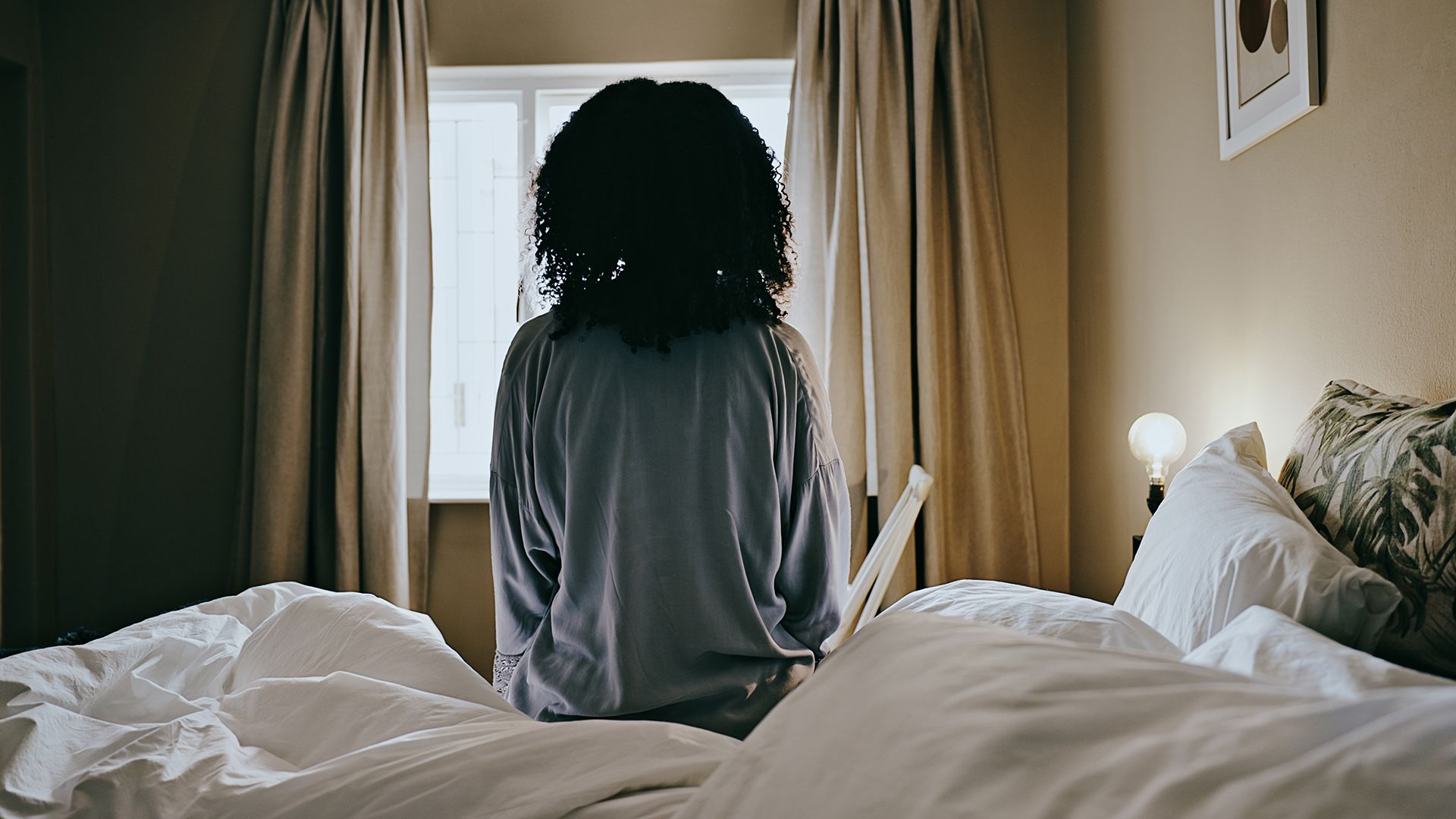Bipolar disorder is a chronic, life-disrupting mental illness. It can be tricky to diagnose because it can look very different from one person to the next. It is often misdiagnosed, and often misdiagnosed as depression. People often have symptoms for about a decade before they receive a proper diagnosis. However, once diagnosed, there are effective treatments. Below are seven essential facts about treatment for bipolar disorder.
Treatment boosts quality of life
Bipolar disorder affects mood, energy and daily functioning. Without the proper bipolar disorder treatment, life with bipolar disorder can be very challenging. Episodes can severely disrupt work and personal relationships.
People with bipolar disorder are four times more likely to lose their jobs. The divorce rate is almost 90 percent, compared to the 50 percent national average. People who don’t get bipolar disorder treatment also have a higher suicide risk—about 15 to 20 percent compared to people in treatment whose risk is 5 to 7 percent.
Drug therapy is the core treatment.
The most common bipolar disorder medications include mood stabilizers. Anticonvulsants and antipsychotic medications are also used. Anticonvuslants stabilize brain cell membranes. Antipsychotics modify levels of the brain chemicals serotonin, dopamine and glutamate—which control mood, learning, memory, and behavior.
Antidepressants are sometimes used, but not alone
Antidepressants may be added for extremely low mood. Not all antidepressants are used for bipolar disorder. Antidepressants are usually combined with mood stabilizers, because on their own they can increase mood cycling and cause mania.
Some medications work faster than others
How quickly bipolar disorder medications work depends on the symptoms they target and on the specific drug. It can take six to eight weeks before depressive symptoms get better with mood stabilizers (and possibly antidepressants). Manic symptoms treated with antipsychotics can ease up within two to three days.
Newer drugs have side effects but are usually more tolerable
Newer antipsychotics generally have fewer side-effects than the older, "first-generation" drugs that caused drowsiness, muscle stiffness, and the risk of movement disorders. Weight gain is a common problem with newer drugs, as are cholesterol and blood sugar issues. Your healthcare provider (HCP) may prescribe medications to address these conditions.
Treatment is not one-size-fits-all
Bipolar disorder treatments are tailored to the particular symptoms. But a medication that works for one person may not work for another. It can take weeks or months to find the right medication, dose or drug combination. Getting used to medication takes time.
Counseling and therapy enhance treatment
Counseling and psychotherapy are typically used along with medication. Therapy helps a person with bipolar disorder learn ways to manage the illness and prevent relapse. Here are the most common and useful forms of therapy for bipolar disorder:
- Cognitive-behavioral therapy (CBT) involves changing how you think about and evaluate yourself and what’s happening around you, to change how you feel and react. Bipolar CBT often involves keeping a mood and thought diary to track the patterns you want to change.
- Family-focused therapy educates families about the disorder and helps them to support you and better cope with stress. It focuses on strengthening communication skills and developing problem-solving strategies to reduce the risk that you will relapse.
- Interpersonal and social rhythm therapy helps you establish healthy daily routines, especially around sleep, because disruptions in routine can trigger mania, says Youngstrom. This therapy helps you schedule activities to keep your body’s internal clock in synch.
- Psychoeducation teaches you and family members about the disorder, including symptoms, triggers, and treatment options, says Youngstrom.





